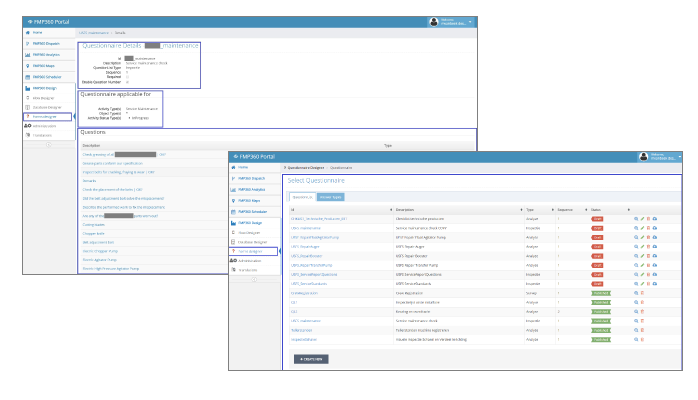
Editor's Note: This post was originally published on June 21, 2017, and updated for accuracy and comprehensiveness.
I’m a consultant implementing a field mobility solution, supporting businesses with their digital transformation and, more specifically, with the digital transformation of field processes. This is all about that technician who comes to install your internet connection or repair your HVAC when it breaks down (or, in a better scenario, fixes it before it breaks down!). It’s also about the inspector from the insurance company or the road worker assessing the damage after an accident.
They all have a couple of characteristics in common:
- They all drink strong coffee early in the morning to travel to the first site.
- Most importantly, they work almost always on their own or with just one colleague.
- They deliver the ultimate service to the customer.
While doing so, they also collect information about the work done, and my job is to make that task as easy as possible.
Subtle Differences Require Broad Thinking
Here comes the fun part of my life: I like noticing subtle differences in how organizations work. While they collect similar information from a high-level perspective (e.g., the internet cable provider wants to register the length of cables in feet or meters; the road worker intends to report the length of the damaged guardrail in feet or meters), in the business context, the consumption of this information is different.
Additionally, the way the information is used during the service request execution is fundamentally different. For example, the cable guy requires a customer’s signature if 30 feet (10 meters) or more cable is used. On the other hand, the road worker takes photos for remote-design purposes when the impact guardrail is over 30 feet (10 meters).
Ten years ago, my IT brain would have guided me to the conclusion that we would need a dedicated, specialized app for the cable guy and a separate dedicated, specialized app for the road worker. Shame on me! I have been promoting those solutions for years. Even then, I should have known that future solutions would be available to differentiate between various scenarios without requiring separate, dedicated apps.
Today’s Amazing Field Mobility Solution
I fell in love with my Question List Designer (QLD) when I first used it. It allows me to design dynamic information-gathering forms in a mobile/digital context. It provides so much flexibility – without any software programming and software testing – that it allows me in just a few steps and in less than an hour to change the cable-guy process into the road-worker process. Yes, that’s right: we can switch from “signature required for over 30 feet” to “photos required for over 30 feet of guardrail damage.” And this is just a simple example to get us thinking about the more complicated, more-dynamic forms.
Before we go into that deeper aspect, a digital field mobility solution is not new. But why do you still have some paper forms as part of your field process? So if you can raise your hand and say, “No, we’ve got it all digitized,” then well done!
In My Practice, I See This All The Time
Many customers have a mobile app to share details such as an address for work orders. Some have time and material registration embedded. But yet, this “ISO Certification form” comes in on paper. Or how about those “leakage test reports” we perform after installing the cooling pump? Those reports are not digital.
Every organization has a reason why those forms are used. Sometimes it’s because the digital transformation has yet to be announced. But other times, organizations still use paper because the records are changing all the time, and there are too many different forms, so it seems impossible to automate at a reasonable cost. For example, last week, a global organization performing inspections started talking with me about its 400 different forms. Four hundred!

This is where my customer starts to embrace the idea of my Question List Designer. It’s a tool integrated into the work order process, allowing us to configure a database using business logic. It calls for different functions on my mobile device (photo, barcode scan, etc.). It allows me to build any form and combine it into 40 forms, each with ten dynamic parts that appear when certain values are reached, a specific asset is subject to an inspection, or particular customer requirement needs.
From a Form to a Platform
With my Question List Designer, I can build it all. And now we have an even better option! We can share one form across multiple field workers. So now the road worker assessing the impact of the guard rail fills out the form and checks boxes to indicate an effect on the electronics of the fiber system. Then, the form goes to the specialist to complete the work. So, where we started with a form, we now have a platform to collaborate with experts.
Another significant benefit of my lovely QLD is that all data is made available in a database – not only in form fields – allowing me to analyze and learn bigly!
Want to See and Learn How It Works?
Click here to discuss options – or send me your form set and let me build a real-time example. I told you it’s easy! Let us create a customized demo for you – without any upfront costs.
I look forward to hearing from you.
